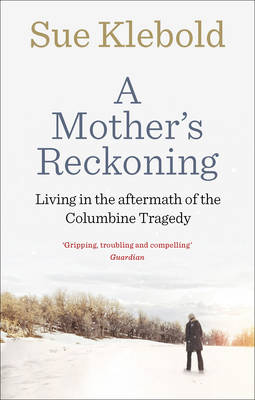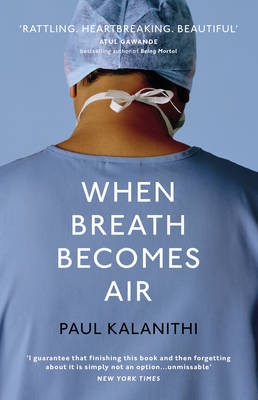I usually only review books but hey, I’m menopausal and tired and look and feel crap (and have done for a year or so). I’m more interested in skincare and make-up than I’ve ever been before. I dream of finding products that will help me feel/look better. Oh yeah, also, I have sensitive skin with rosacea and seborrheic dermatitis and now I’m on HRT I can get a little spotty too. Whoop. I am very realistic with my expectations of what skincare can actually do.
Avant is a luxury brand and these are expensive products (nearly £100 each) that I wouldn’t buy for myself. I was, however, lucky enough that someone bought them for me. I’m so fancy! I’ve spent a month using them and hoping to see at least a slight improvement in the quality of my skin. The promise is a reduction of fine lines and a moisture boost and it would be fair to say that has happened. The illumination? Hmm, it’s a nope.
The exfoliator is lovely. It’s exactly how you’d want an exfoliator to be; gentle and effective. It doesn’t irritate my skin and it leaves my face smooth without redness. Hurrah. I went to the Avant website to look up how to use each of the products properly, which is why I know to press the collagen serum on my face before the moisturiser. And, it’s fine, I guess. But after a month of using it I’m not sure that it’s doing anything much. The moisturiser, (the Pro-Intense Hyaluronic Acid Illuminating Day Cream), oh my goodness, it feels like a dream putting it on — cool clouds of softness and hydration which sink into my parched old skin. And it smells so damn good. (I tried to think of a way to describe the scent but can’t identify it — maybe a light floral — but that doesn’t describe the subtle perfume of it, like rain on jasmine, but not.) After that initial delight, I’m not sure it does anything that my Beauty Pie Triple Hyaluronic Acid moisturiser (£15) doesn’t. The overnight serum is a product I dutifully use but don’t know what it’s doing. The rose firming mask I use overnight and because it’s a little thick on application I imagine it will seep into my skin while I sleep but on waking I don’t notice anything different about my face. I mean, my skin is ridiculously dry. I know these products are meant to illuminate and I don’t believe in miracles, but it’s still dry after the mask so I don’t think it’s something that works for me. The tiny eye cream feels extravagant and I have enjoyed using it. Maybe my fine lines are a little less noticeable. My eye bags are as meh as ever.
Overall, it’s lovely to get the chance to use these but they are too expensive for me to buy and don’t do enough to persuade me that I’ll miss out by not having them. (I will be a tiny bit sorry to run out of the moisturiser because it honestly feels like a treat to put on.)











